Keeping track of medications can get tricky, especially with multiple prescriptions. Whether for yourself or someone you care for, you want to avoid mix-ups. It's important, but hard, to keep all the details straight without a good system. We need an easy way to record and update this info on the go.
We keep track of medicine easier by designing a compact, printable pocket medication list. It fits right in your wallet or pocket, space for all the necessary details—what medicine, dosage, and when to take it. Handy for doctor's visits or emergencies, so no more guessing or trying to remember—it's all there at a glance. Really helps in managing health better.

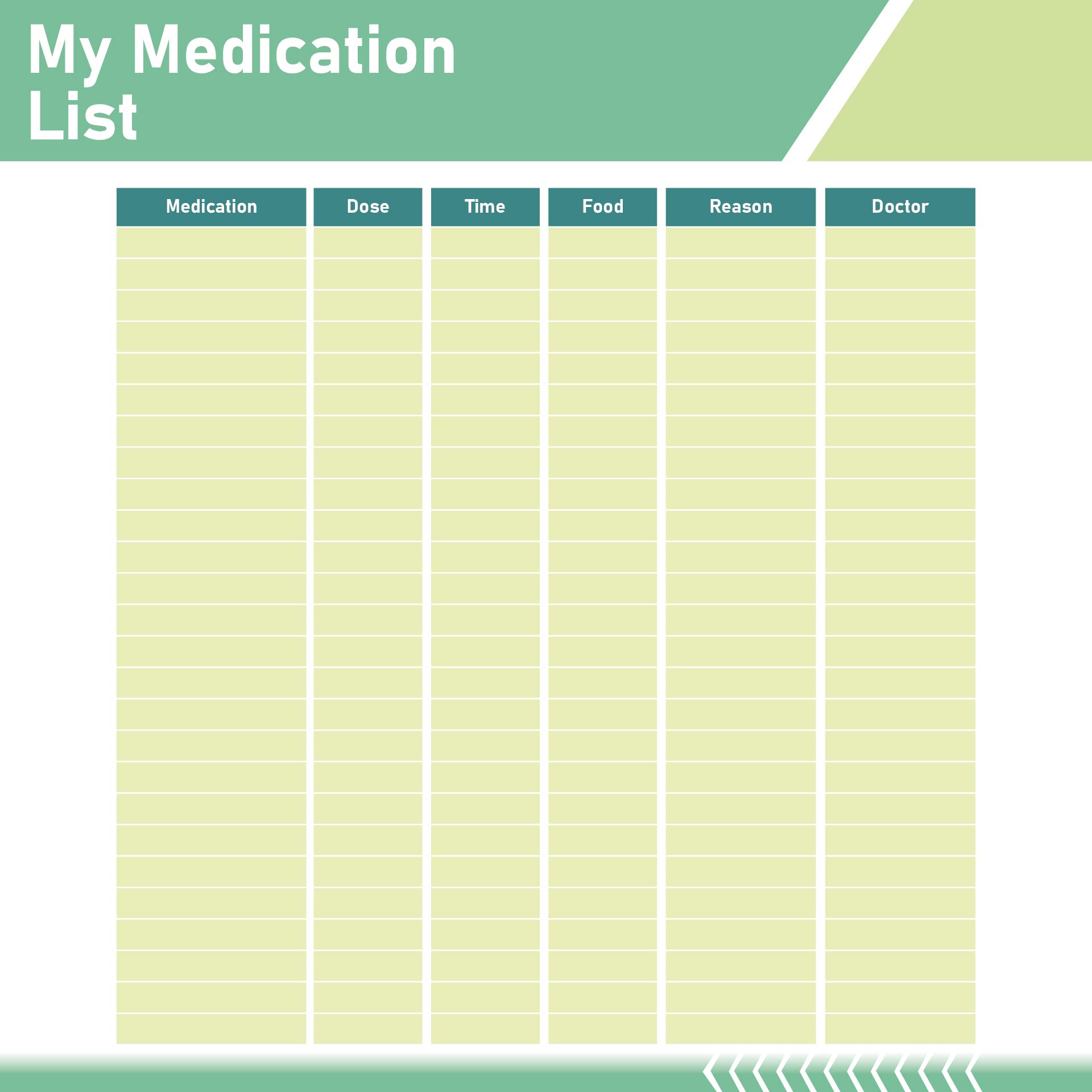
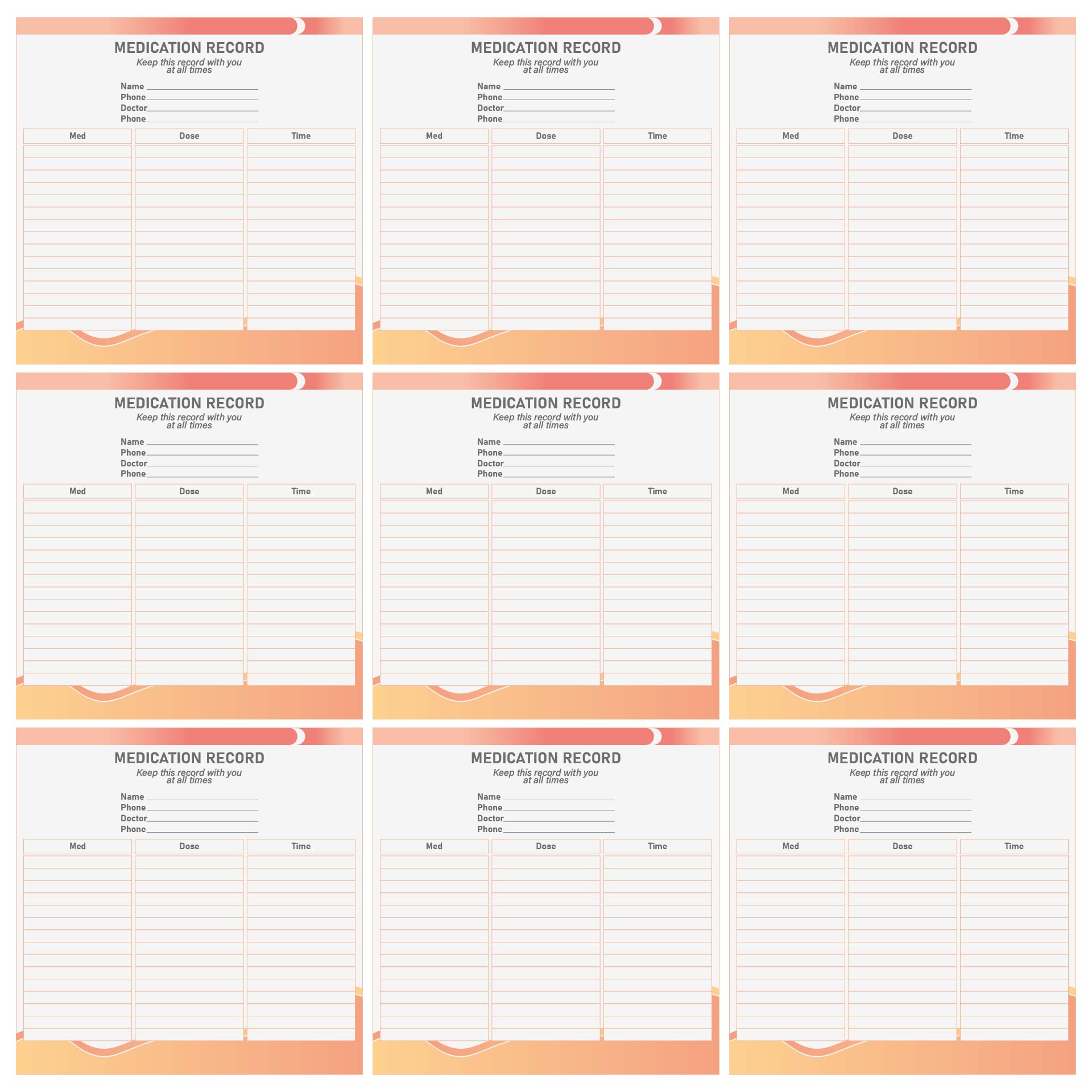
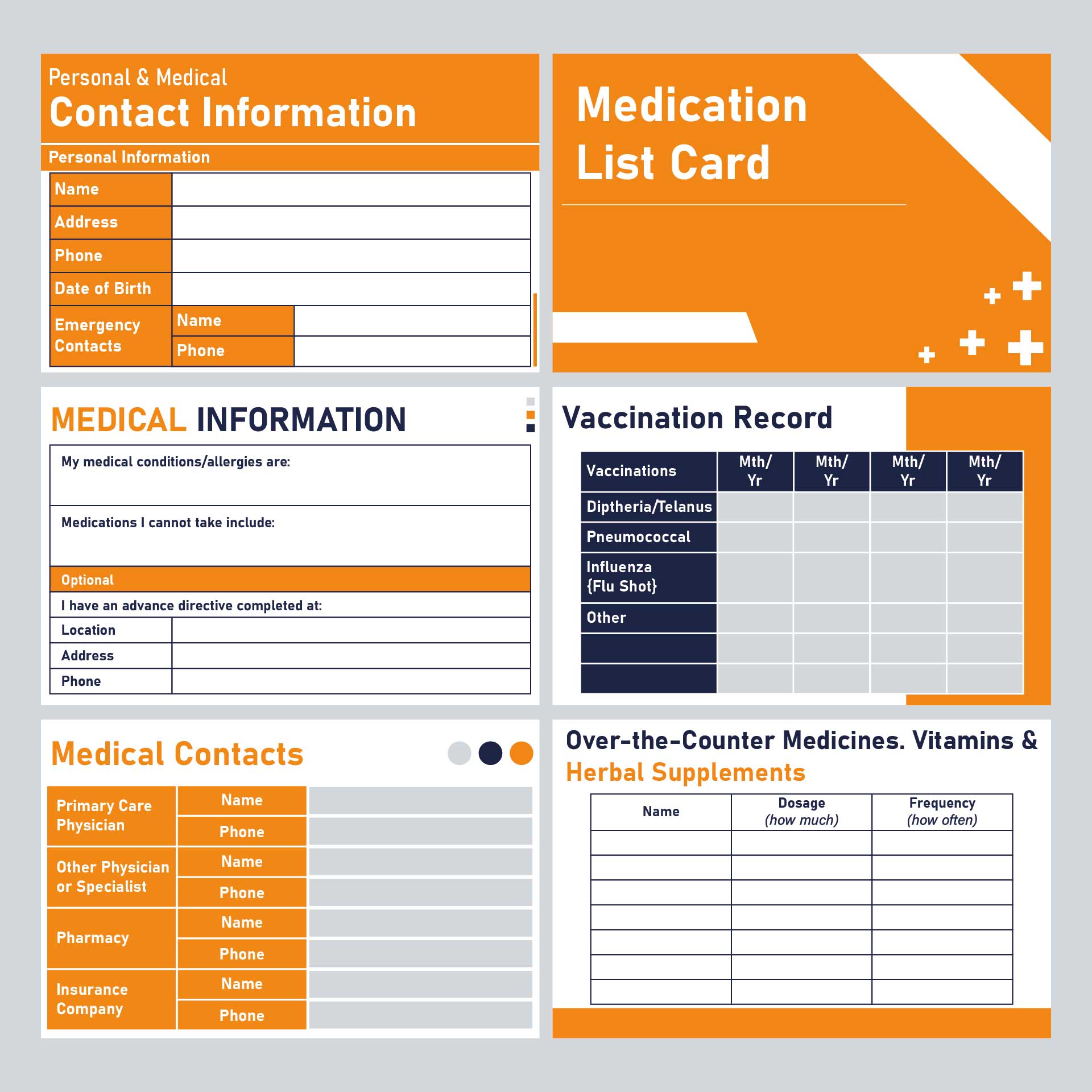
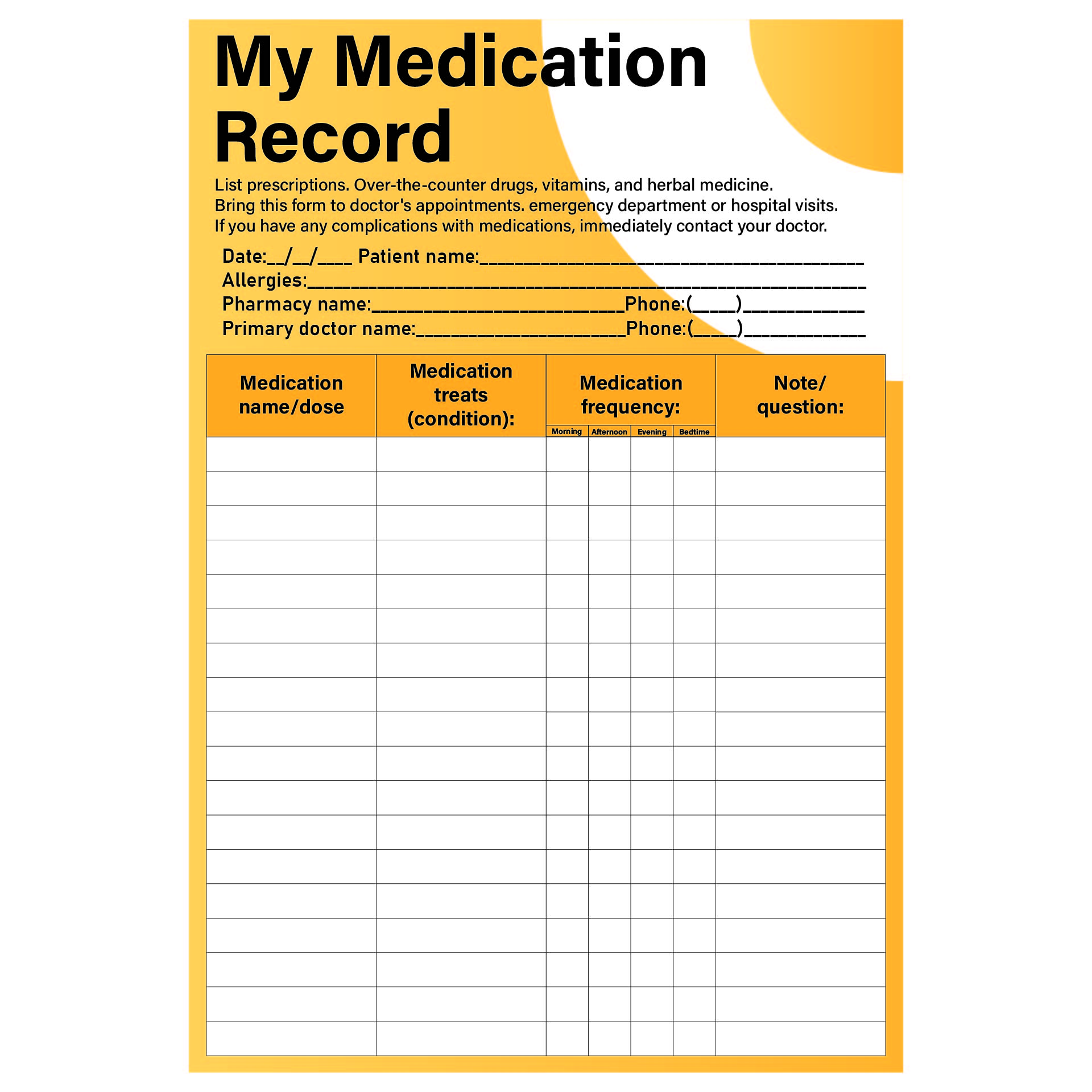
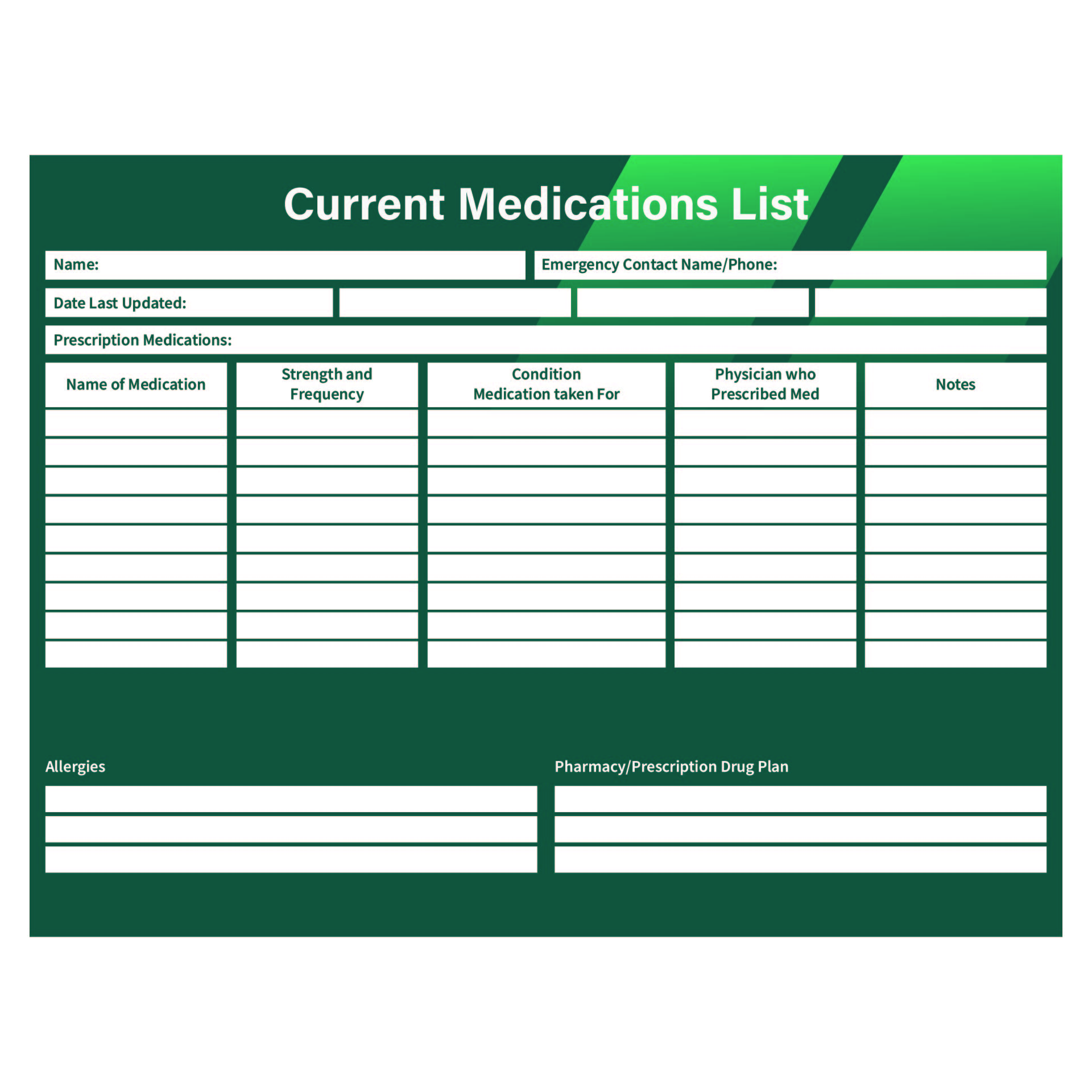
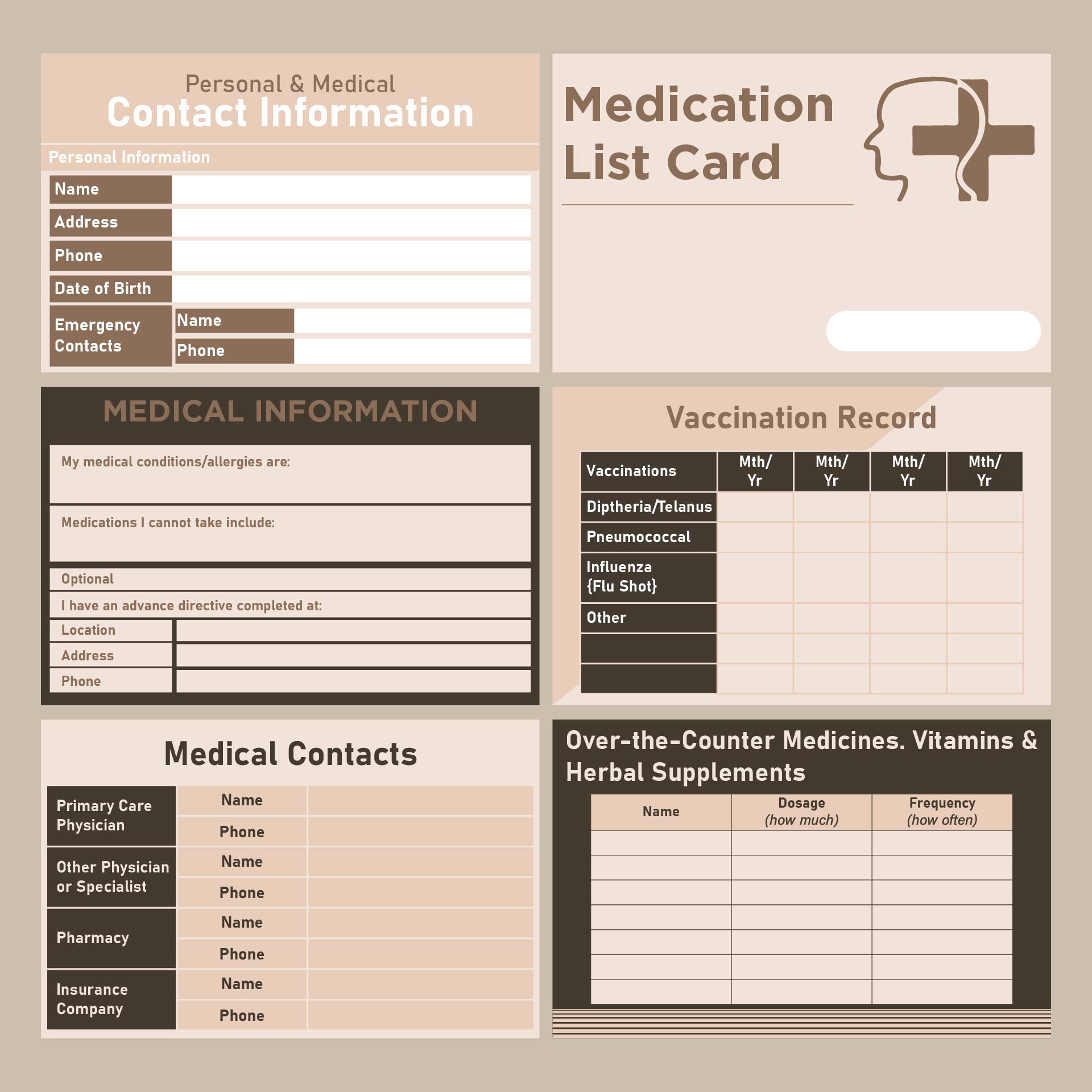
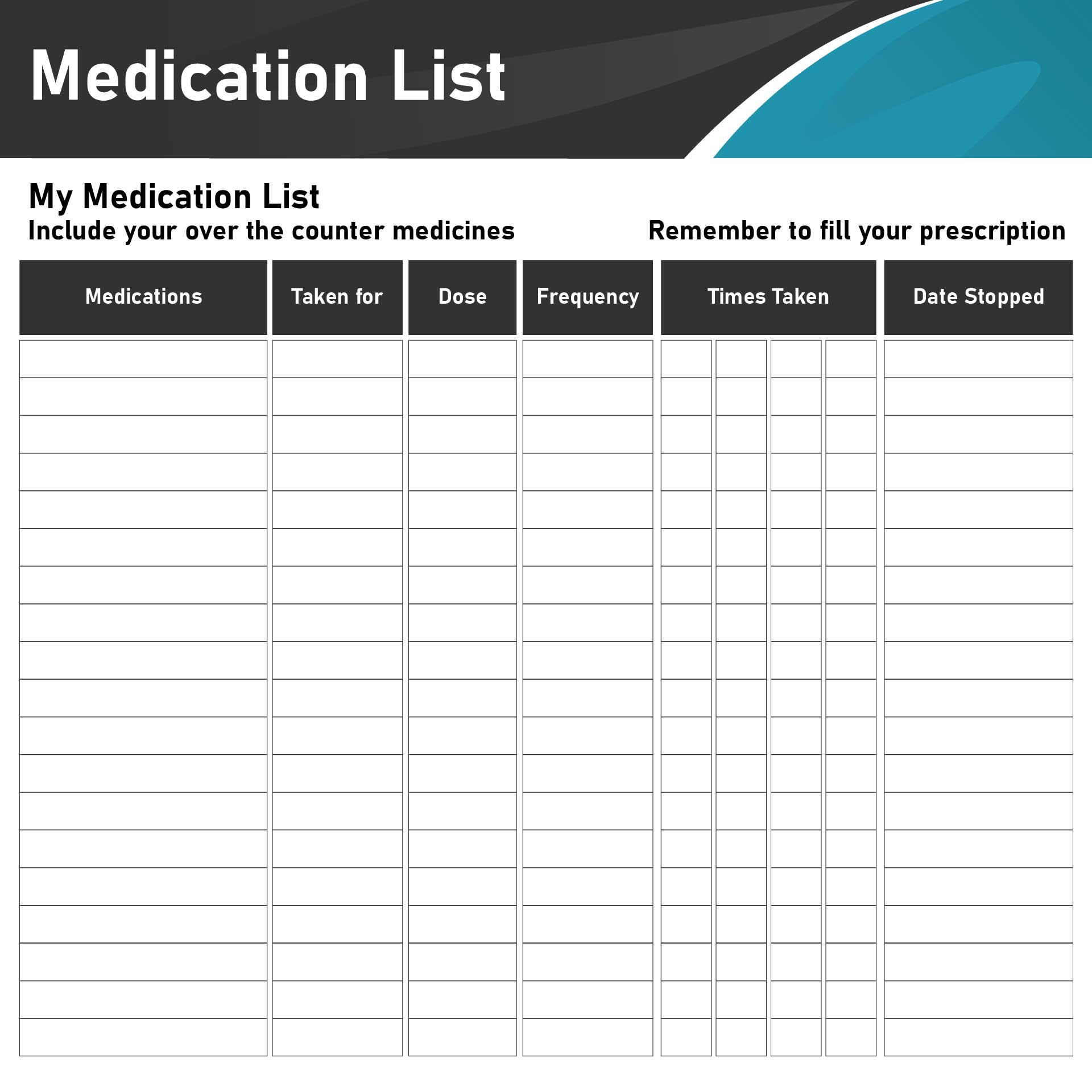
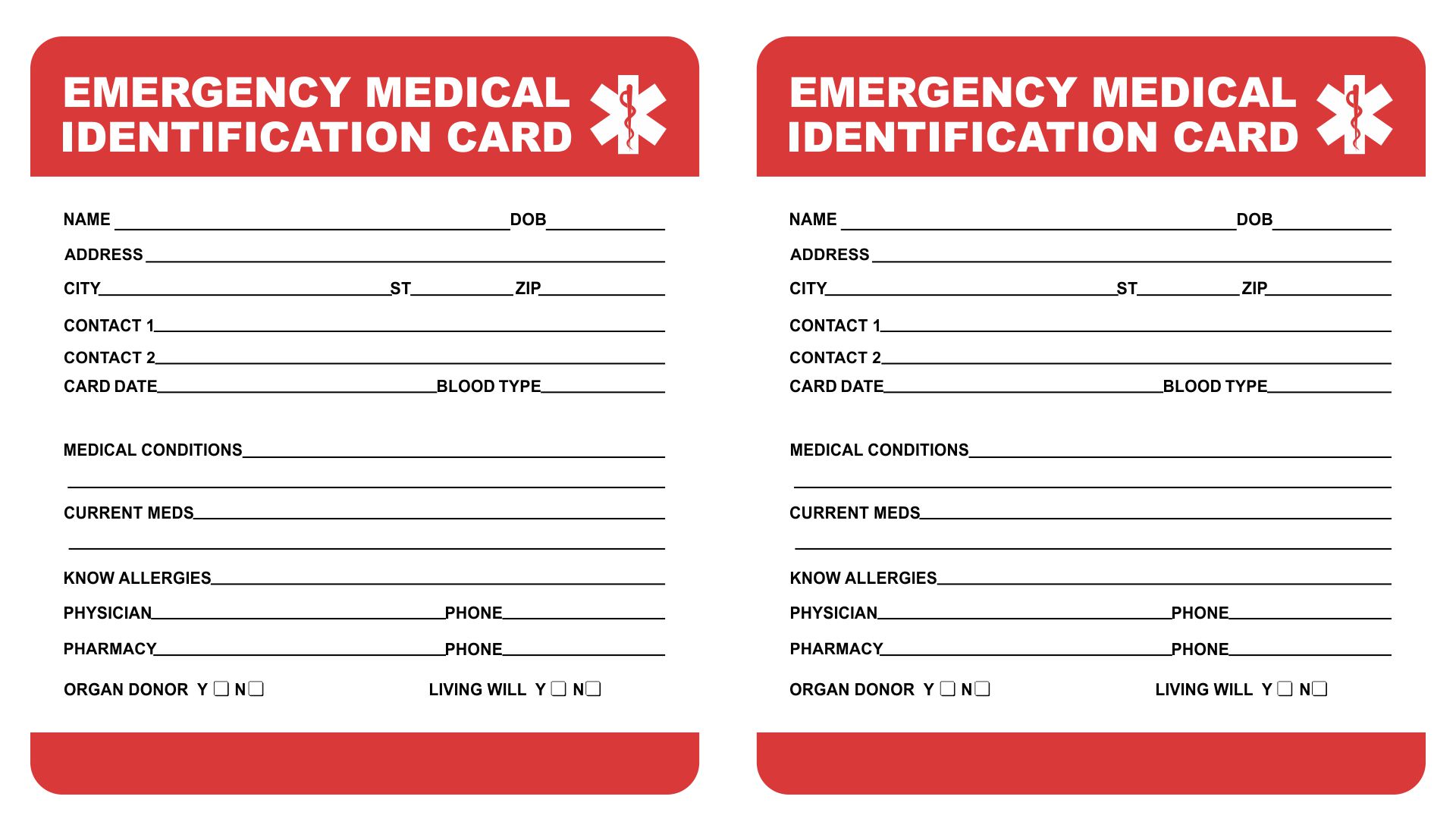
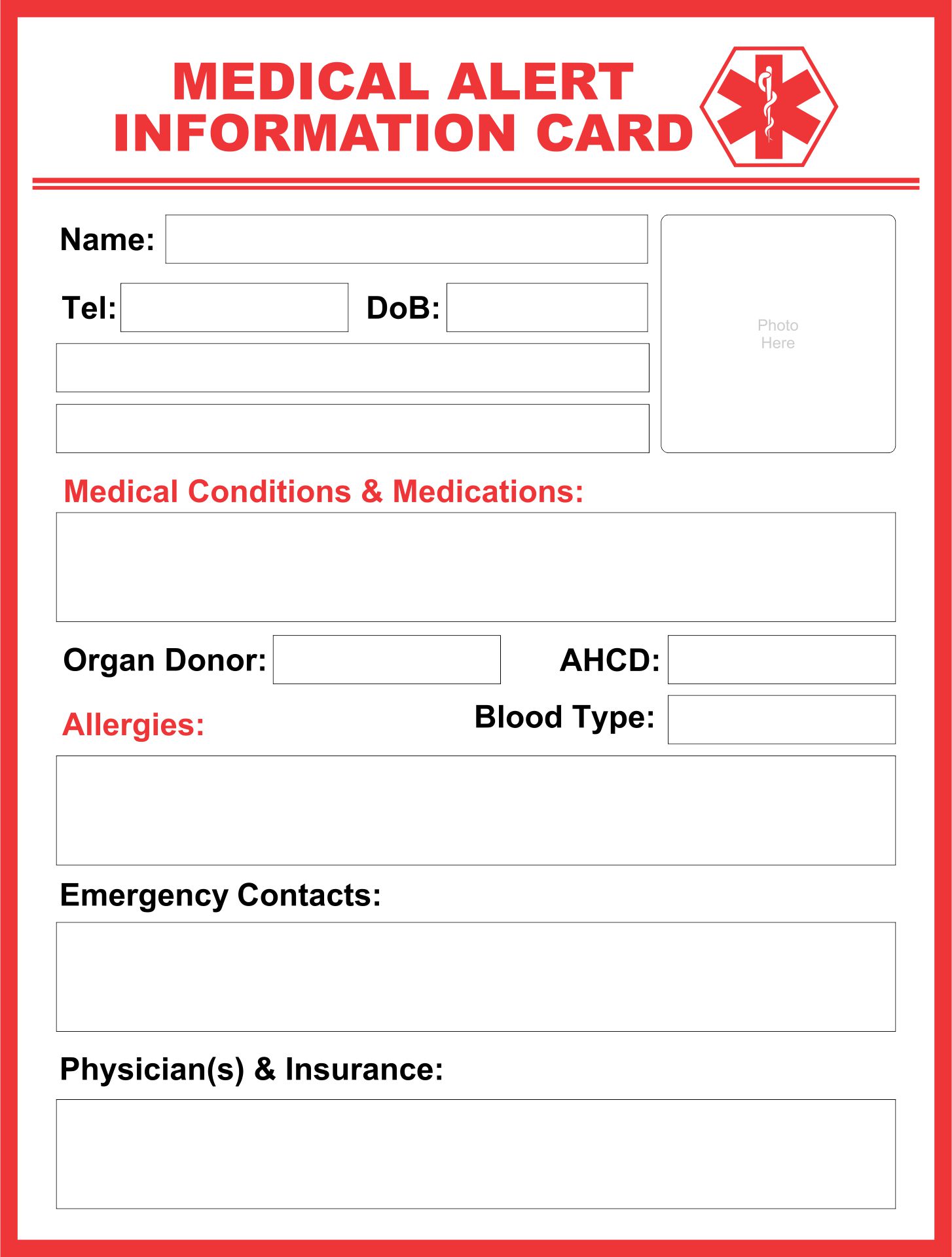
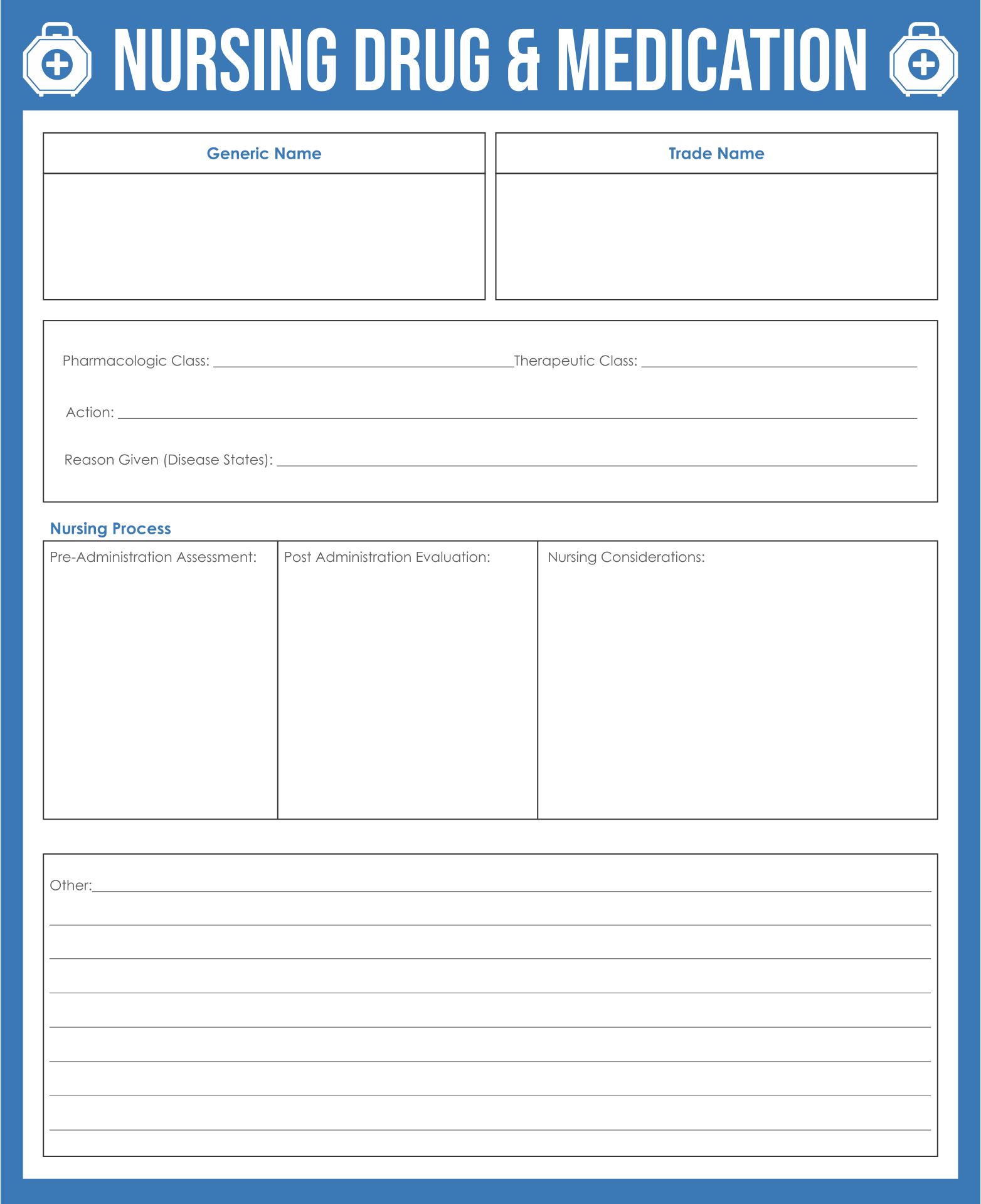
Children under the age of six are more prone to disease, and giving medicine to them is more challenging. It's critical to pay attention to what parents need to know in order to give their children the correct medicine. The first thing to pay attention to when giving medicines to children, especially those under 6 years old, is to pay attention to the name and function of the medicine. Make sure the name and function of the drug match the symptoms or illness suffered by the child. Second, pay attention to how much, how often, and when medicines should be consumed. This is so that the dose of the medicine consumed is in accordance with the child's condition in receiving the medication. Not too much and not too little. The time and number of times the medicine should be taken is also something that must be considered because it will affect the speed of the child's healing process. Third, how the medicine should be given. The medicine given must be in accordance with the instructions and recommendations of the doctor, whether the medicine must be applied, drunk, inhaled, or chewed. Fourth, pay attention to the instructions on whether the medicine should be consumed before or after meals. Fifth is how medicine is stored. The place to store medicine needs to be considered whether the medicine must be protected from sunlight, must be stored in the refrigerator, and so on. Then there are the potential negative effects of these medications, such as drowsiness. Furthermore, the effect of medicine when combined with another. Finally, what will happen to the children if the medication is not done appropriately. As a result, it can be concluded that while giving medicine to children who are prone to age and illness, there are numerous factors to consider for the children's recovery, and parents must be aware of the medications that the children must take.
Have something to tell us?
Recent Comments
This printable pocket medication list provides a convenient and efficient way to keep track of and easily access important information about your medications wherever you go.
Thank you for this simple yet incredibly useful printable medication list! It's such a convenient tool for keeping track of my medications on-the-go.